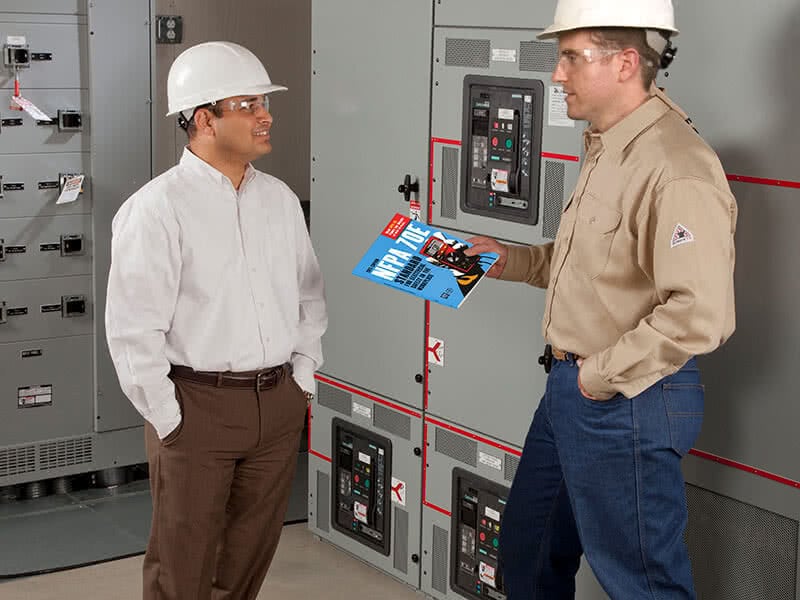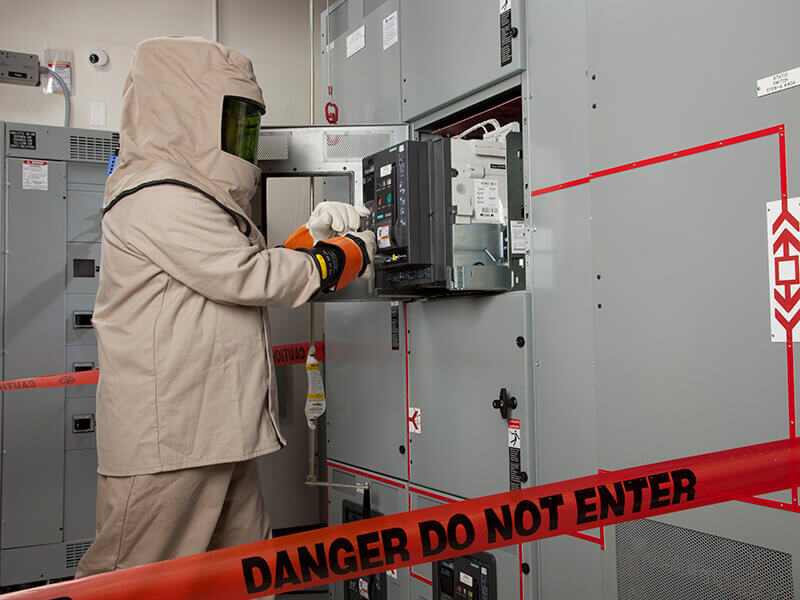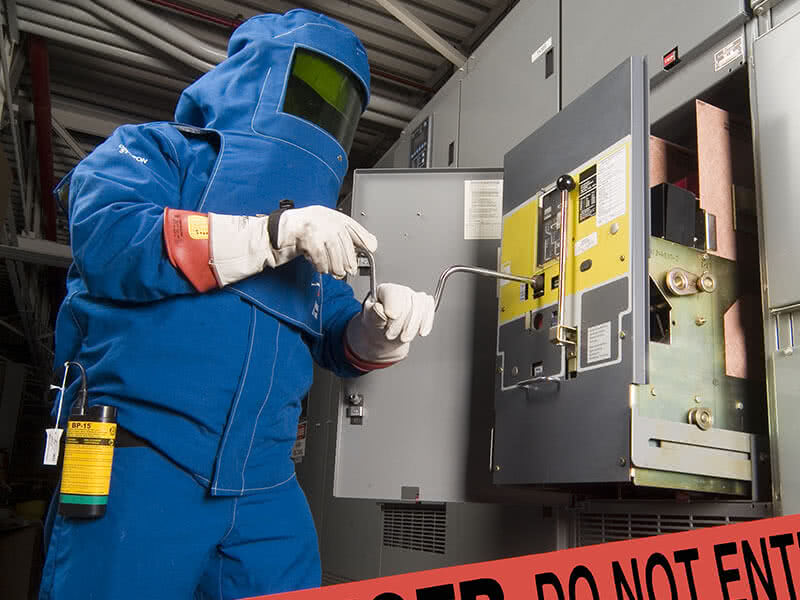How to create an electrical safety program that's up to code
Every three years, the National Fire Protection Association (NFPA) updates NFPA 70E: Standard for Electrical Safety in the Workplace®. Each edition introduces significant safety, maintenance and training changes designed to help prevent the devastating effects of electrocution and arc flash incidents. While compliance with the latest standards is the best way to create an electrically safe work environment, prevent accidents, and avoid hefty fines from the Occupational Safety and Health Administration (OSHA), keeping up with the increasingly stringent code can be a challenge. That’s why industry experts strongly recommend partnering with a professional electrical engineering or electrical testing service provider that is well trained and well versed in the new requirements. The right partner can evaluate current safety practices, identify areas of risk or non-compliance, and customize and implement a complete, cost-effective solution to bring your facility up to standards and maintain compliance going forward. Such a partner is likely to recommend the following best practices as part of a comprehensive, effective electrical safety program:
1. Implement a preventive maintenance program for all electrical equipment.
NFPA 70E 2015 requires maintenance for electrical equipment, and not just overcurrent protective devices. It also makes the equipment owner responsible for the maintenance. By properly maintaining equipment in accordance with manufacturers’ instructions or industry consensus standards, you can improve overall equipment performance, reliability and safety.
2. Complete an arc flash risk assessment.
NFPA 70E requires an arc flash risk assessment prior to allowing a worker to perform tasks on energized equipment. The latest versions of the standard limit the use of tables when determining arc flash boundaries and strongly encourage the use of engineering analysis. While there is no legal requirement for a registered Professional Engineer to perform arc flash hazard analysis, such expertise not only ensures compliance, it can also save lives since improper calculations can put workers in grave danger.
3. Create a labeling and hazard communication plan.
NFPA 70E requires the application of labels to AC and DC electrical equipment that is likely to require maintenance while energized. The labels must include the results of the arc flash risk assessment and information that can help workers select the proper personal protective equipment (PPE). In addition to ensuring proper labeling, equipment owners are responsible for regularly reviewing the labels and keeping them up to date.
4. Complete a protection scheme design review and operational assessment.
A protection scheme design review and operational assessment of your electrical distribution system can help identify and reduce potential electrical hazards. Based on the results of the review, experts can help develop mitigation strategies to alter the protection scheme, which may significantly reduce fault levels, arcing time, arc incident energy, and arc blast force.
5. Maintain an accurate single-line diagram.
NFPA 70E requires that single-line diagrams be maintained in an accurate, up-to-date and legible condition. This requirement may necessitate a comprehensive site review in order to develop or update existing diagrams. The resulting schematics are essential for documenting, troubleshooting, and communicating information about your power systems.

6. Complete short circuit and coordination studies.
Arc flash calculations should be based on accurate short circuit calculations and protective device coordination data, ideally generated by an expert who specializes in these areas. Activities performed during short circuit and coordination studies should include calculating the maximum momentary and interrupting current magnitudes; comparing these available fault currents to protective device ratings; and establishing trip settings for all types of protective devices.
7. Review and update your electrical safety program.
The latest versions of NFPA 70E require facilities to document their safety policies and audit them every three years. The audit helps identify any deficiencies or areas of non-compliance, allowing your facility to make necessary revisions to bring all elements of the safety program up to code.
8. Develop an arc flash training program and PPE plan.
Developing a specific arc flash training program and complementary PPE plan based on the findings of an arc flash analysis can ensure workers fully understand electrical and arc flash hazards and how to mitigate the risks. Individual workers must be audited or reviewed annually to ensure compliance with safety practices.
9. Keep comprehensive documentation.
FPA 70E requires proper documentation of arc flash analysis results; meetings with contract employees to share hazard information; worker training activities and individual worker audits; maintenance activities; and safety policy audits, to name a few. Such documentation can help facilitate an investigation should an arc flash related injury ever occur.
10. Conduct periodic reviews.
The 2015 edition of NFPA 70E requires your arc flash assessment to be reviewed at least every five years to account for changes in the distribution system. The standard also requires your arc flash assessment to be updated whenever a major modification or renovation takes place.




